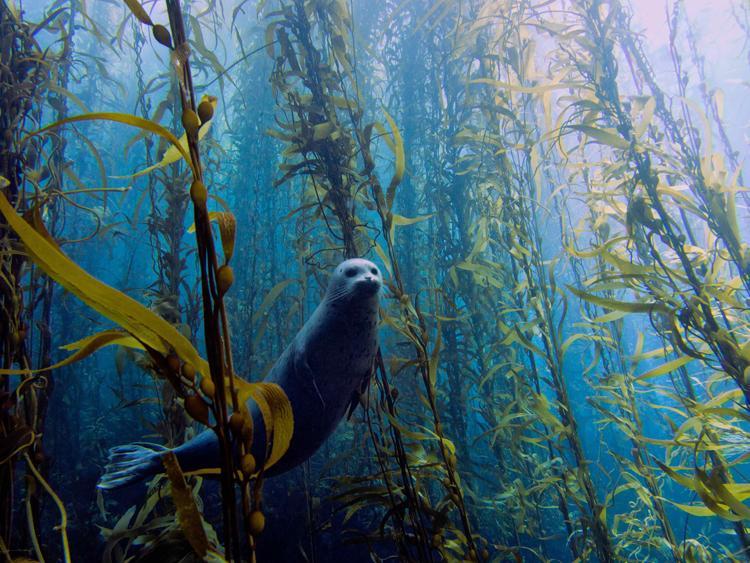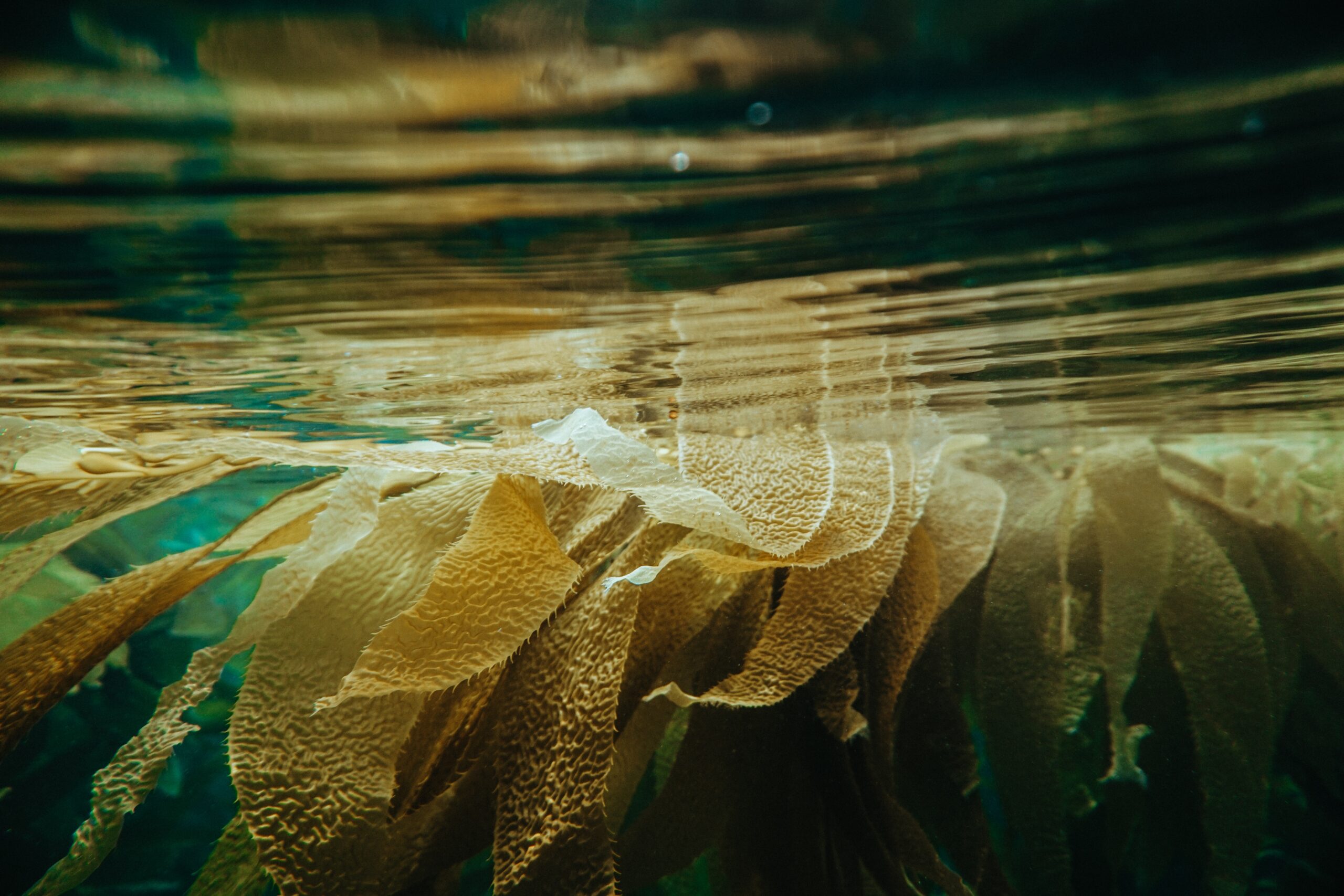What is a Kelp Forest?
This Arbor Day, let’s celebrate forests under the sea

As folks around the nation embrace nature by celebrating Arbor Day with the planting of trees, I couldn’t help but be reminded of kelp forests. Now technically kelp forests are treeless, yet they are equally as awe-inspiring and just as critical to sustaining life under the sea. Here are some fun kelp forest facts to share with your nature-loving friends on Arbor Day and beyond.
- Would you believe me if I told you kelp is not actually a plant? It’s true! Kelp are actually giant brown algae that live in relatively cool, shallow waters close to shore. For those still wondering (like I was), algae are able to photosynthesize, which, yes, is a key characteristic of plants, BUT since they lack true roots, stems or leaves they are NOT considered plants.
- Kelp forests are defined as underwater areas with dense groupings of kelp, similar to that of a forest of trees found on land. And they’re one of the most dynamic ecosystems on Earth.
- These forests provide homes for tons of creatures like fish, invertebrates and marine mammals. In fact, sea otters, in particular, have a pretty amazing relationship with kelp. Mama otters wrap their babies in kelp to keep them from drifting away while they go hunting and they’ve been known to sleep in the kelp canopies. Sea otters also play a critical role in stabilizing sea urchin populations to keep kelp forests thriving.

- Kelp forests can grow up to 18 inches PER DAY and some species of kelp can grow to be 150 feet tall.
- Due to its rich nutritional value, you can find kelp in plenty of beauty products and supplements. Kelp is believed by many to contain astringent, anti-inflammatory and antioxidant properties. And since kelp derives its nutrients directly from the ocean, some believe that these nutrients are more potent than the same nutrients found in land plants. People have used kelp in products such as toothpaste, skin cream and face masks.
- The undersea equivalent of tropical rainforests, kelp forests act as the ocean’s “lungs” by breathing in carbon dioxide (yay!) and exhaling oxygen. This helps regulate greenhouse gases.
Kelp forests are critical ecosystems with an incredible diversity of marine life that thrive within and above them. But they’re also susceptible to some scary threats. At Ocean Conservancy, we are working to secure a future for our ocean where kelp forests thrive. But we won’t succeed unless all of us work together. Give today and make a difference for the future of our ocean!
